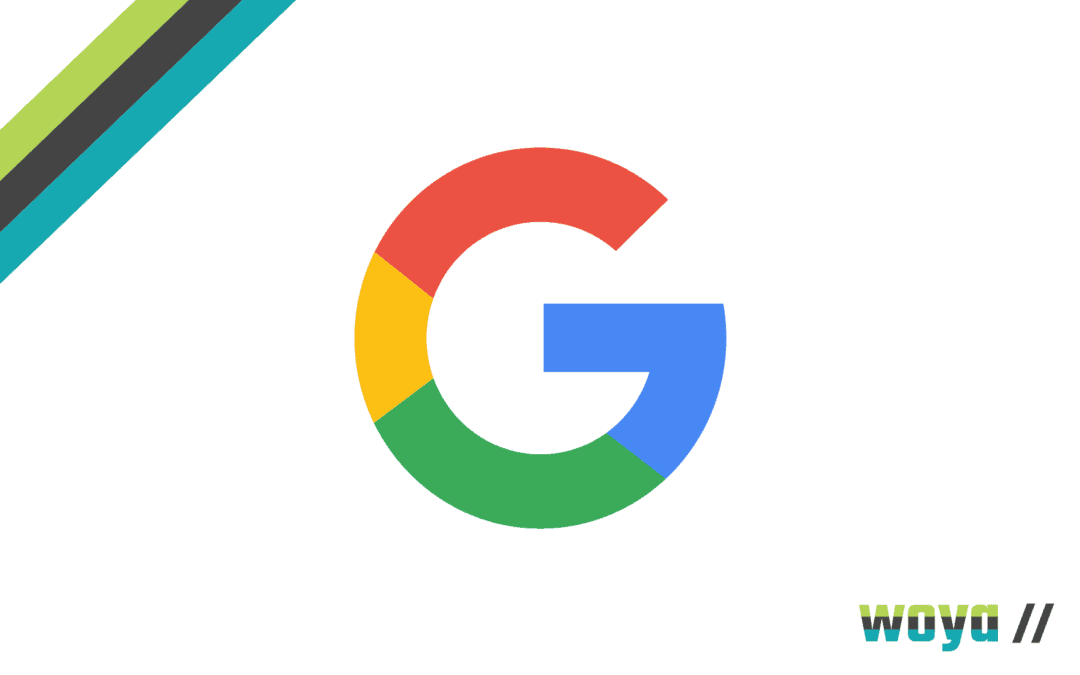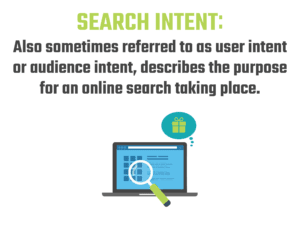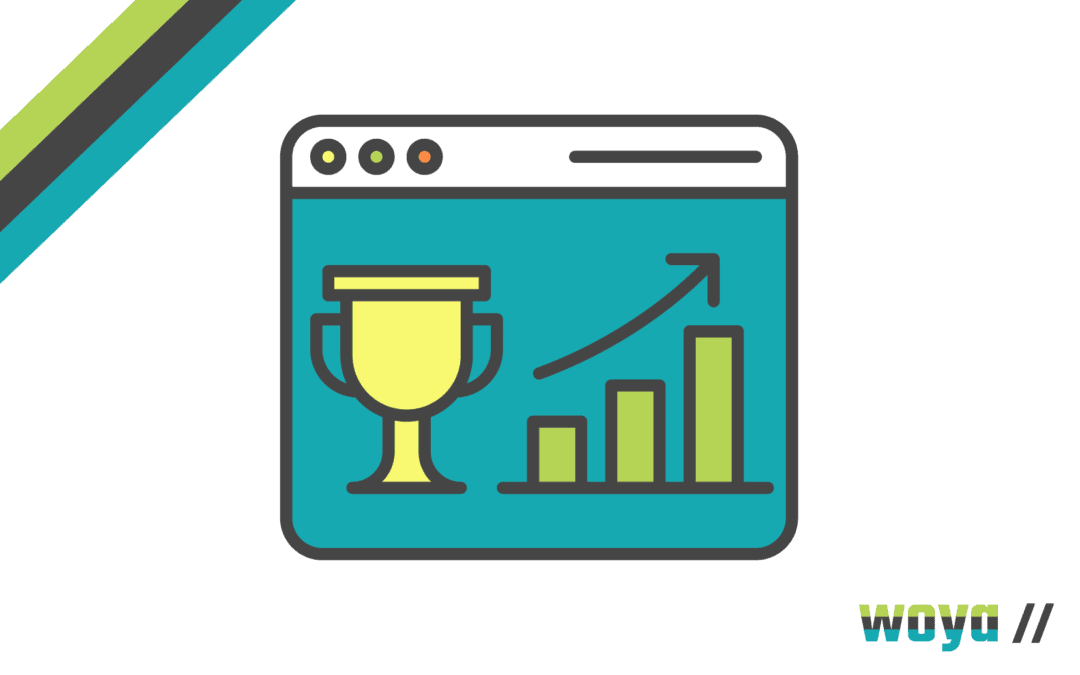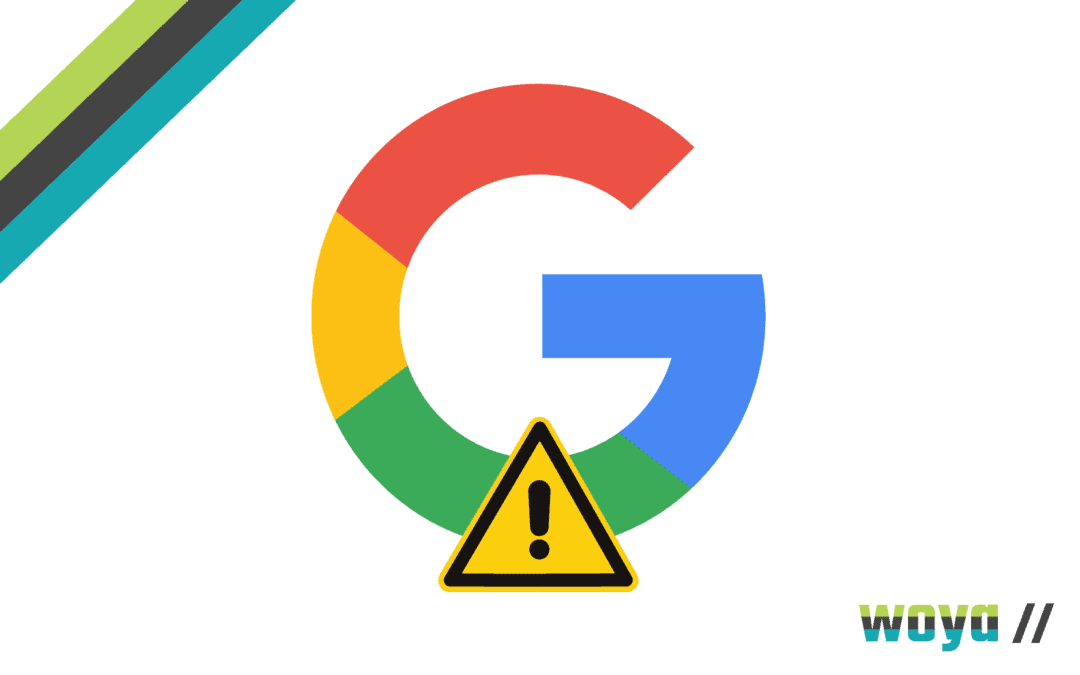
Why Duplicate Content is Bad for SEO
Reading Time: 5 minutesNavigating SEO can be a tricky job for businesses, particularly if there isn’t the resource in-house to focus on digital marketing full-time.
We support organisations of all shapes, types and sizes to grow their organic digital presence, increase their search rankings, and to ensure their online exposure to both potential and existing clients within their target audience.
A common aspect within SEO is duplicate content issues. But why is duplicate content bad for SEO, and why? Read on to learn more and ensure you are producing valuable content and managing your online content in the best possible way.
How Does SEO Work?
SEO (Search Engine Optimisation), is the process of making sure that the content on a website is as apparent and clear as can be so that the automated algorithms behind search engine rankings know what the site is about, who it’s for, and what purpose it serves.
This, along with several UX (User Experience) metrics such as fast loading speeds, good accessibility, mobile responsiveness, web design elements and high security standards allow search engines to identify the best possible results for users when they make a search query through.
SEO is usually considered to be the optimisation of websites and web pages specifically for Google, as this is the market leader in the space. In most of the world, Google holds a 90%+ market share of online searches completed, although there are geographical variations that businesses will need to be aware if they’re targeting audiences in locations other than the western world.
What is Duplicate Content?
Duplicate content issues can be considered any identical content that appears in more than one URL online. This may be the result of a bot or other website copy-and-pasting content onto their own domain, or from a company publishing duplicate content or duplicate pages. This applies to written content and not necessarily to shareable content such as videos, photos or infographics.
Shorter bursts of text that are likely to be organically repeated such as strap-lines or short descriptions are not considered duplicate content for search engine purposes.
Google instead indicates that duplicate content refers to “substantive blocks of content within or across domains that either completely match other content in the same language or are appreciably similar”. There are no specific limits or word counts given to the definition of ‘substantive’ in this case and so it could be anything from a product description paragraph to a lengthy article.
Duplicate Content IS bad for SEO, But Why?
Technically, Google doesn’t penalise a site for producing content that is duplicate within its own domain, saying: “Duplicate content on a site is not grounds for action on that site unless it appears that the intent of the duplicate content is to be deceptive and manipulate search engine results. If your site suffers from duplicate content issues, and you don’t follow the advice listed in this document, we do a good job of choosing a version of the content to show in our search results.”.
However, this doesn’t stop internal or external duplicate content issues being bad for SEO. Where duplicate content exists – particularly where it is spread across more than one domain – the search engines algorithm must judge which is the original and which is the most relevant to appear in each search engines results or search rankings – which is an automated process and may not necessarily decide in the original website’s favour.
If a site duplicating content from another is an older domain, has more backlinks to notate authenticity, hosts other content more relevant to the topic or has a higher DA (Domain Authority) than the original, the search engine’s algorithm may decide to feature that same content above other results.
This can mean that competitors, industry press or even entirely unrelated websites gain competitive advantage above the original and are subject to more click-throughs and completed actions. For this reason, the removal of internal duplicate content across your website web page can be considered improving its UX.
How Does Duplicate Content Affect SEO Rankings in Search Engines?
Generally speaking, the issue with internal duplicate content that results in it being bad for SEO is that it will confuse search engines. This is due to two primary issues:
- Search engines will usually only show one version of content where the same content appears online more than once, and so it must differentiate between multiple versions.
- Duplicate content dilutes link equity as other websites also must choose between which version of a duplicate content to link to. This can affect the number of inbound links to the original source of the content, and as inbound links are a Google ranking factor, it can impact negatively on search engines ranking and search visibility.
Managing Duplicate Content Issues
Remove Duplicate Blocks of Text
Ideally, a website will have no more than one instance of anything that may comprise a ‘substantive text’, and so webmasters and digital marketers are wise to remove any multiple versions of copy to improve the UX of the site and make it clearer for site users which version is best suited to their needs.
Minimise Boilerplate Repetition
‘Boilerplate text’ is the repetitive text that some businesses are required to repeat around their domain for legal reasons, such as copyright notices or legal disclaimers.
Where this appears in the main body text of a page, it is likely to be considered as standard duplicate content by the algorithm, but of course the organisation may have no choice but to feature it. Instead, it is best practice for webmasters to use a shortened version on each page and link through to the full required legal text. This avoids unnecessary duplicate content and the confusion it may cause for search engines.
Prioritise URL Parameters and Variations
Minor page URL variations may result in unintended instances of duplicate content, and can prove pretty harmless but should be dealt with and removed if possible. Most commonly, these small variations are as a result of analytics codes, click tracking, print-friendly page versions and session IDs. Despite the URLs only having tiny differences due to their sub-domain status, this can result in search engines indexing two versions of the same website page.
The Google Search Console can be used in these incidences to set the preferred domain for crawling and to tweak parameters around these so that the search engines algorithm knows which to ignore. Google search console often provides many immediate answers that will affect search results. Ensuring early Google search console connectivity with your website will provide insight on matters such as duplicate page issues, multiple pages of external duplicate content and even internal duplicate content across multiple urls that could affect search results.
Pay Attention to Any CMS-Generated Pages
It is not uncommon for content management systems to inadvertently create duplicate content on a website without the business realising. This may be a result of a bug or a shifted standardised setting on the back-end of the software. It is imperative that businesses understand the inner workings of their CMS and know how to remove same content when it does duplicate.
Get Website, SEO and Duplicate Content Support
Duplicate content is bad for SEO, and is an important aspect of your SEO that needs to be managed efficiently. Woya Digital manage SEO for businesses of all shapes and sizes, and can help advise on how best to manage and fix duplicate content issues. Get in touch to learn more and let us optimise your site to gain the best possible online search results!








